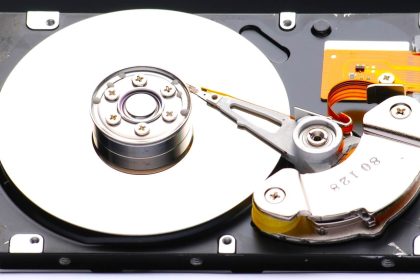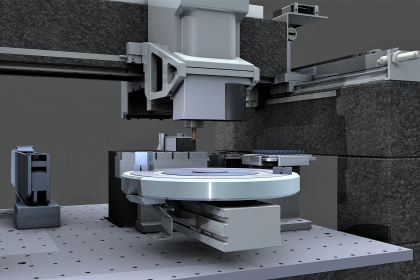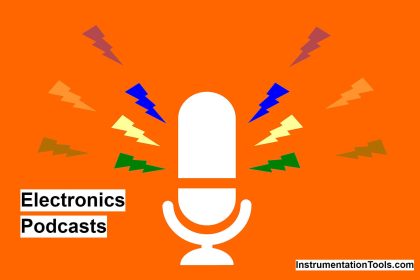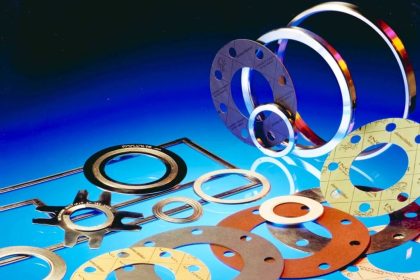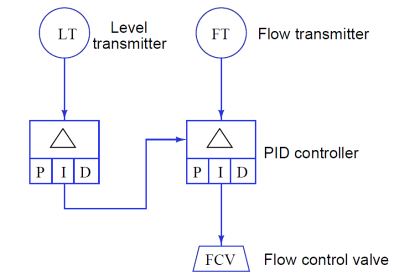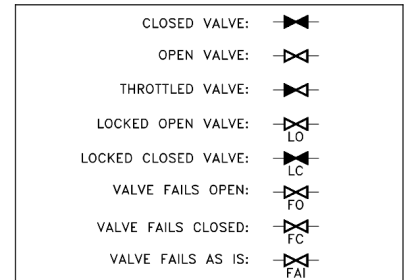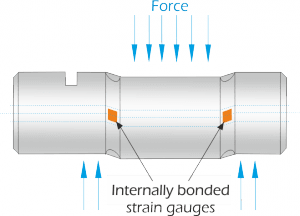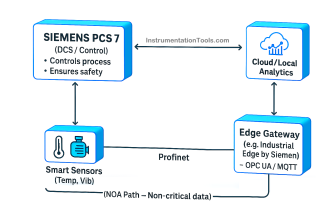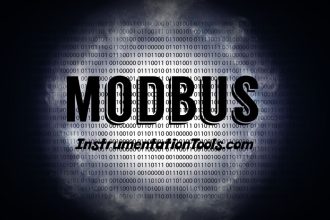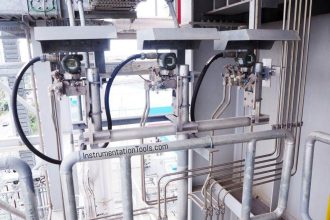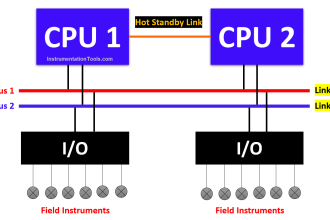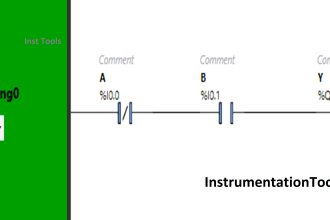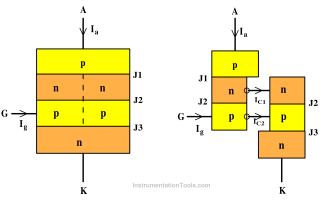In this article, we will discuss the top 5 Questions to Ask Before Choosing Your Industrial Borescope.
What is an Industrial Borescope?
A borescope refers to a device suited for the inspection of areas where the ordinary eye or other inspection devices cannot reach. Borescope inspects tight corners and nooks that may require disassembling before proper examinations can be done.
An industrial borescope, therefore, is an inspection tool deployed for industrial corrective investigations on industrial equipment and assets to enable an operator to determine the condition of such industrial equipment.
Borescopes can be in the form of an endoscope or a video scope. Depending on what is required for the inspection or what type of inspection is being executed.
5 Questions to Ask before Choosing Your Industrial Borescope
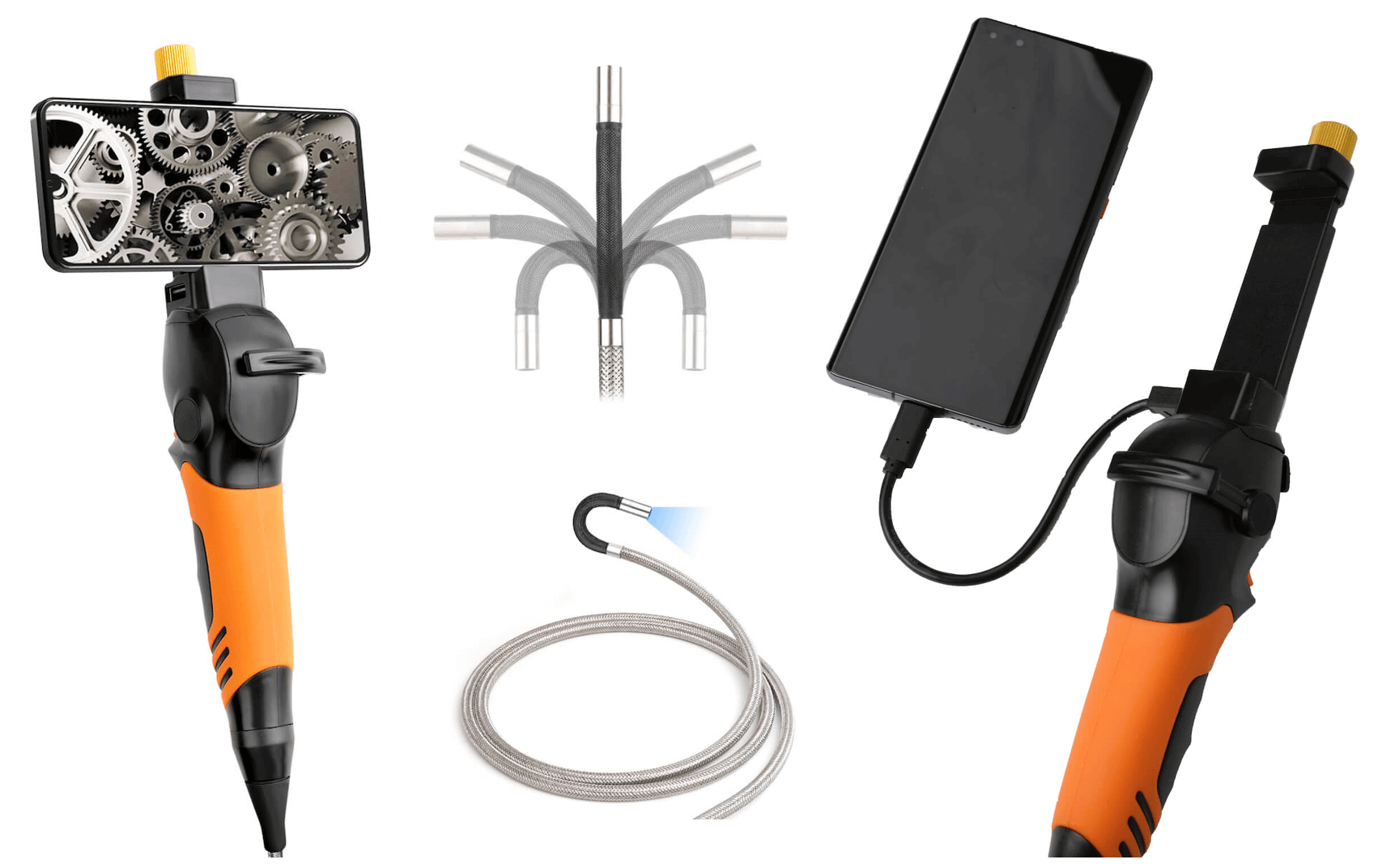
As briefly mentioned above, pertinent questions arise due to the different types of borescopes available for inspection. Borescopes now have a few cutting-edge features that make the inspection stress-free.
This is why a few key considerations must be observed before selecting your industrial borescope to be deployed.
Therefore, consider the inspection needs before spending your money on an industrial borescope. Also, the functional requirements of the borescope are a critical consideration.
1. How long does my borescope need to be?
First on this list of top questions to be asked before selecting a borescope is the length of the borescope’s cable. This is required and determines the size of the inaccessible part of the inspection object.
Furthermore, when inspecting an object such as pipes, inspection length is very well certain to determine the cable length of the borescope.
This will be advantageous to the operator as well as eliminate the possibility of deploying multiple borescopes due to the insufficient length of the scope.
2. Do I need a light source?
Typically, the cavity of the examined object might require a light source to illuminate and project a quality view of the interiors of the object of examination. Hence the necessity for a light source to be present during the inspection.
The light source would also ensure better recording for a precise and accurate reading and evaluation. Therefore, the presence of a light source should be considered before choosing the required borescope intended for acquisition.
Consequently, low-cost borescopes often have bulbs likely to cause contamination and heating challenges, but LED lighting is very much preferred for delicate administration.
3. What is the object I need to check?
The material or component the object of inspection is made of also determines how to choose a preferred borescope for maximum efficiency. Delicate surfaces may require a specific type of borescope explicitly fabricated for that purpose.
Therefore, the object the inspector or operator is examining contributes immensely to applying the borescope.
As earlier mentioned, this will eliminate the use of multiple borescopes for the same task if not carefully selected.

4. What Smart features of the endoscope do I need to use?
The endoscope is typically a borescope with more advanced technological features. These smart features make the borescope a better tool for viewing the narrower parts of an object.
Features such as its thinness and flexibility allow for a better scope of the inspected sections of the test objects. Its articulation is 90′ degrees, and although it Is built with dim-lighted cameras, it provides illumination within the test component.
Borescopes are either rigid or flexible. The endoscopes are usually flexible and thin cables that immensely assist during an inspection.
5. Am I inspecting a hazardous area?
The environmental factors surrounding an inspection site are likewise as crucial as the other factors in choosing the proper scope for examination purposes.
You need to determine the vessel or enclosure to be measured if any hazardous factors may hinder a borescope from being effectively and efficiently deployed.
For instance, exposure to chemicals in an engineering environment has to be considered, as well as water-proofing the borescope for plumbing inspections and surrounding lights.
Furthermore, vibration is also one of the hazardous elements of a borescope that you must highlight.
